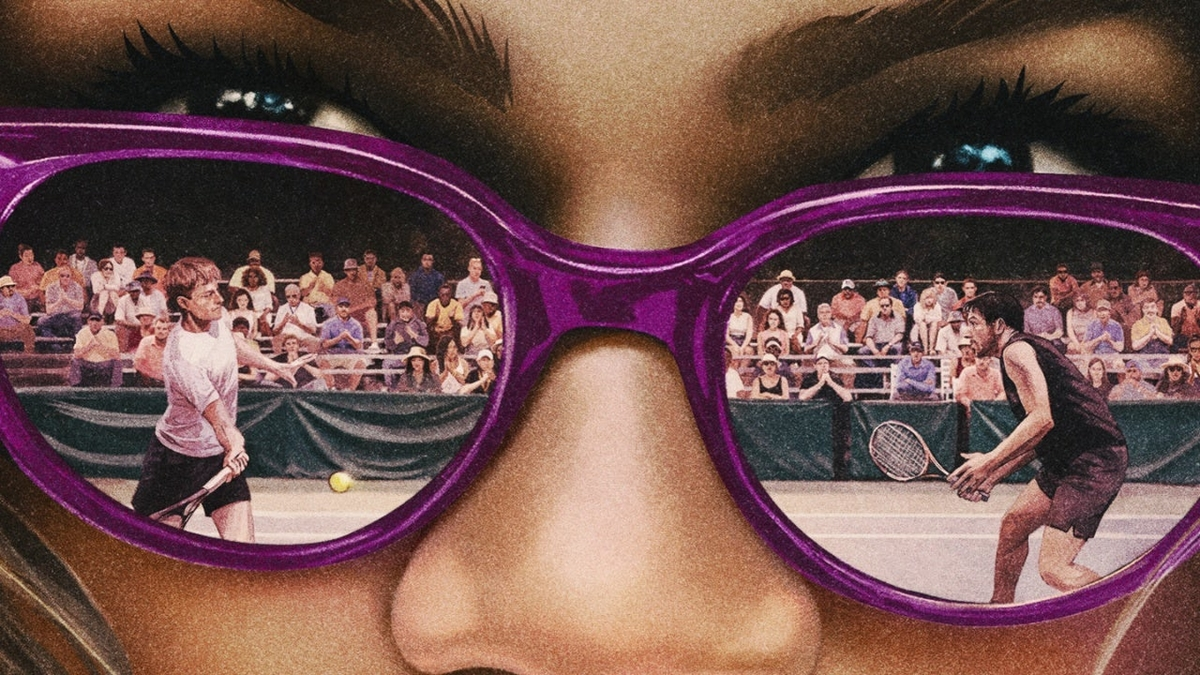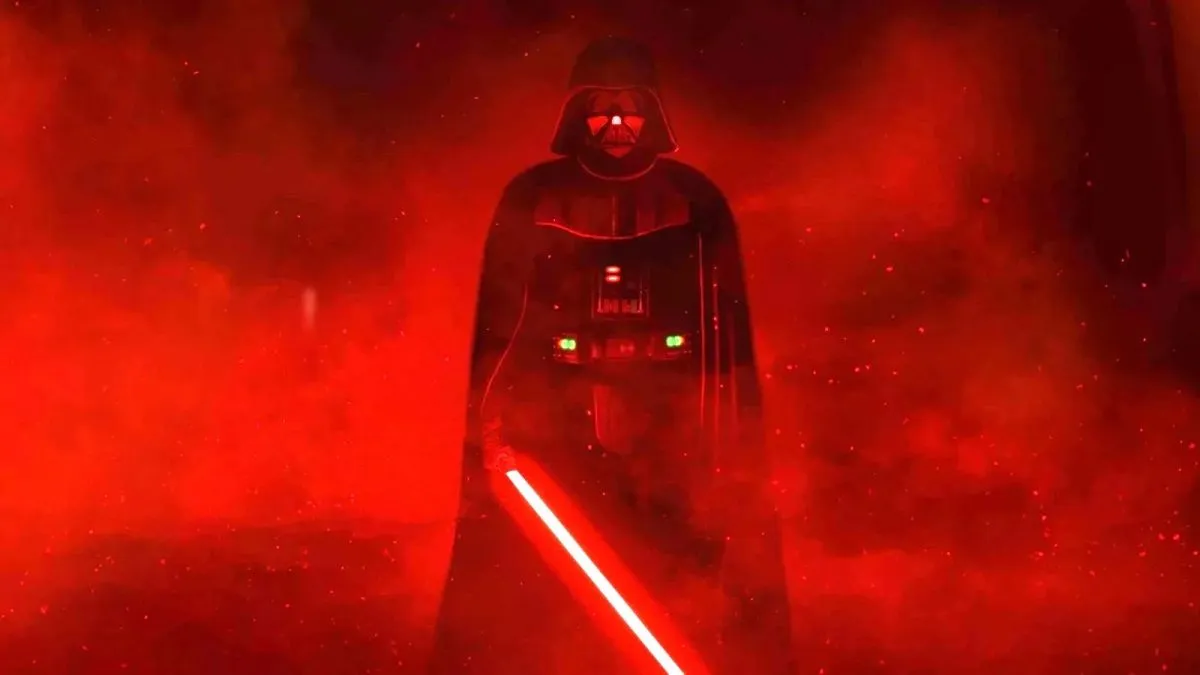
The special effects were incredible. Peter, what were the challenges of filming the movie with these special effects and what was it like for the actors to work on a special effects movie where not all the effects were not there for them to see?
Peter Jackson: What I tried to do was, anytime we were on a green scene stage with a lot of bits of set and a green screen, I would try to bring in the conceptual art done by John Howe, one of the Weta Workshop guys. So I was able to at least let the guys know what was going to be on the green screen behind them, but not all the time because sometimes I didn’t even know myself when we were shooting. Some of those things you figure out later on. But ultimately it’s the power of the imagination and the suspension of disbelief really. As the audience, we are asking you to believe in a world that elves and dwarves and dragons and orcs exist. When you’re on the stage, you have to also be in that same mind frame. You are in that world no matter whether it’s green or whatever. If there’s a tennis ball that’s supposed to be Smaug, it’s still the same thing really.
Evangeline, your character was a warrior. Did you do anything like learn to shoot bows and arrows to train? Also, what did you think when you saw yourself on screen for the first time with this fiery red hair and pointy ears?
Evangeline Lilly: Yeah, I went through five different types of training. I did weapons training, stunt training, movement training, dialect training, and language training. In the weapons training there were two different weapons; I had double daggers and a bow and arrow. Believe it or not I used to teach archery (laughs) to little kids at camp when I was a teenager. Yeah, Peter didn’t know that either. I used to teach archery but I’m not a good marksman (laughs).
Peter Jackson: Don’t say that. Just stop at the first part.
Evangeline Lilly: Yeah, okay. (laughs) and you know, I think that one the great gifts of CGI and working in the imagination is that you can imagine that you’re much more talented than you really are and if you can imagine it, than it can appear as so with Peter Jackson’s magic CGI brush.
Seeing myself for the first time on screen as an elf, there was… it was a double-edged sword because I’m a real Tolkien geek and I had dreamed about being an elf since I was a little girl so there was an incredible amount of satisfaction and dream realization when I first got to see myself as an elf.
But I’m also an actor, which means that I’m very self-critical and it’s very hard for me to ever give my stamp of approval without having the voice that says all the things I did wrong and what didn’t work. But just the ears and the wig and just the actual visual was very, very exciting.
Luke, you also spent a lot of time in the movie with a bow and arrow over your shoulder, how many little kids have you taught archery to?
Luke Evans: Ah, none. Thankfully.
Evangeline Lilly: But he’s much better than me.
Luke Evans: The long bow… Its 2 meters and 10 centimeters in height so it was actually…it was taller than me. It was different to your bow and arrow but mine was very, very big so it was learning how to pull the arrow differently than you would with a normal bow and arrow because it was just such a long…it’s was a long bow but no, never taught any children, thankfully. But there’s still time.
Peter, about making three movies instead of two. Did that allow you to make the second chapter so much more action-packed and what character benefited the most from that decision?
Peter Jackson: It’s an interesting question. I don’t think any character really benefited from that decision. I mean, we didn’t really change a lot. We made that decision after we had shot. It was a decision based on what we had shot.
We did 10 weeks of shooting this year as well, pickup shooting for the second and third film. Look, what it does is it allows you to let the characters drive the story because in a novel, you know, you’re often the person who writes the story, who kind of takes you on the journey and Tolkien’s voice is obviously fantastic at doing that. You feel like he’s right beside you telling you a bedtime story, but in the movie, you don’t want me on screen talking about what’s happening, so the discipline on the film is you have to have the story told through the dialog of the characters, through the actions.
Benedict Cumberbatch: But I want you on screen telling a story.
Peter Jackson: We’ll just do that privately Benedict back in your hotel room. Don’t worry. I’ll read you a bedtime story. But you know, you want your narrative of the film to be told through either the dialog that your characters are saying or the actions that they do. That’s really why we ended up wanting to explore some of the character depth that we had done on The Lord of the Rings.
Evangeline Lilly: And in the end, Peter, and Fran and Phil brilliantly, I hope I can give this away – brilliantly tied the last Hobbit film to the first Lord of the Rings film through the one character who could do that, which is Legolas.
Peter Jackson: Well, I mean, that’s actually, I mean that’s a good point because people always ask about Evangeline’s character Tauriel and why we felt the need to create her.
You know in The Hobbit novel, they are captured by the elves and they escape in the barrels and it’s a memorable part of the book but the elf king is not even named… he doesn’t have a name and it was only later on that Tolkien decided he should be Thranduil and then he also decided that he had a son when Lord of the Rings was written, you know, 18, 19 years later, he created the character of the son of the king.
We also wanted to create characters that have conflict with each other and have different agendas. Thranduil, Legolas and Tauriel are all on different flight paths which makes for much more interesting ability for Philippa, Fran, and I to sort of write the narratives through their eyes.






